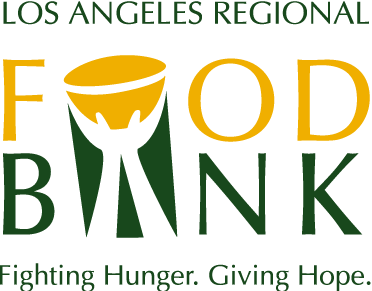The Drive-Through Distributions That Started in 2020 Are Still Needed
The Drive-Through Distributions That Started in 2020 Are Still Needed
The ongoing pandemic and related economic issues, including rising prices and inflation, continue to exacerbate food insecurity in LA County.
On Thursday, Jan 13, 2022, Los Angeles held another drive-through food distribution in the Cudahy area of Los Angeles County. Shortly after the outbreak of the severe acute respiratory syndrome coronavirus 2 (SARS-CoV-2) – the virus that causes COVID-19, the need for food assistance increased dramatically. At the height of the pandemic, the Los Angeles Regional Food Bank was seeing a 145% increase in distributed food when compared to the pre-pandemic era. As of Jan 13, 2022, the food distributed by the Food Bank and 700 partner agencies is still more than double that of the pre-pandemic era.
Drive-Through Distributions
Drive-through distributions were iterated from the LA Regional Food Bank’s Mobile Food Pantry (MFP) program. Before the pandemic, the MFP would provide nutritious food to communities in need where it was needed most. For example, the MFP visits food deserts or areas where there are fewer Food Bank partner agencies. The MFP also visits college campuses where food insecurity is a growing concern.
This distribution at Cudahy once resembled an emergency response measure, but is standard in today’s world, at least for now. People in need of food assistance line up down Clara Street about an hour before the scheduled start time. The need in this community continues to be great as many families continue to struggle to recover from the economic hardships of the pandemic, as well as the rising costs of food and other everyday essentials.
We met Alejandro Ortiz, a father of four who contracted the virus and since then, has not been able to find a steady job. Attending the monthly food distributions at Clara Street Park helps him and his family make ends meet.
Omicron and Food Insecurity
SARS-CoV-2 variants continue to put pressure on the economy and impact people’s feeling of security at work or at school. According to the Los Angeles County report on Food Insecurity, people who experienced food insecurity were almost twice as likely to contract the virus as those who were food secure.
These drive-through distributions are helpful amid all variants as it reduces contact between Food Bank staff or volunteers and the people who have lined up to receive food assistance. Food can safely be placed into the driver’s trunk and food can be delivered with minimal or no contact.
Inflation and Food Insecurity
The majority of the LA Regional Food Bank’s items are donated, so, fortunately, inflation has not impacted Food Bank operations in a major way. Some items are purchased, especially items that are not donated as frequently but are important items for a healthy, well-balanced meal.
However, inflation has created even more pressure for many people in LA County who struggle to make ends meet. According to Census.gov, 18% of people in Los Angeles were living below the poverty line in 2019, and according to California Food Policy Advocates, roughly 1 in 5 people in LA County faced food insecurity. The pandemic only made matters more complicated for these neighbors in need.
Now, inflation is putting more strain on budgets for families and individuals. In December of 2021, inflation increased 7% – the largest increase since 1982. Families who were struggling to pay for basic needs like food are now facing even more challenges. This may be another reason that the need for food assistance is still double that of the pre-pandemic era.
Ongoing Relief From Food Insecurity
The LA Regional Food Bank’s vision is that no one goes hungry in LA County. With the help of generous donors, volunteers and partners, the Food Bank is able to provide 900,000 people per month with the nutritious food they need for themselves and their families.
Please consider making a difference for someone struggling with hunger.





